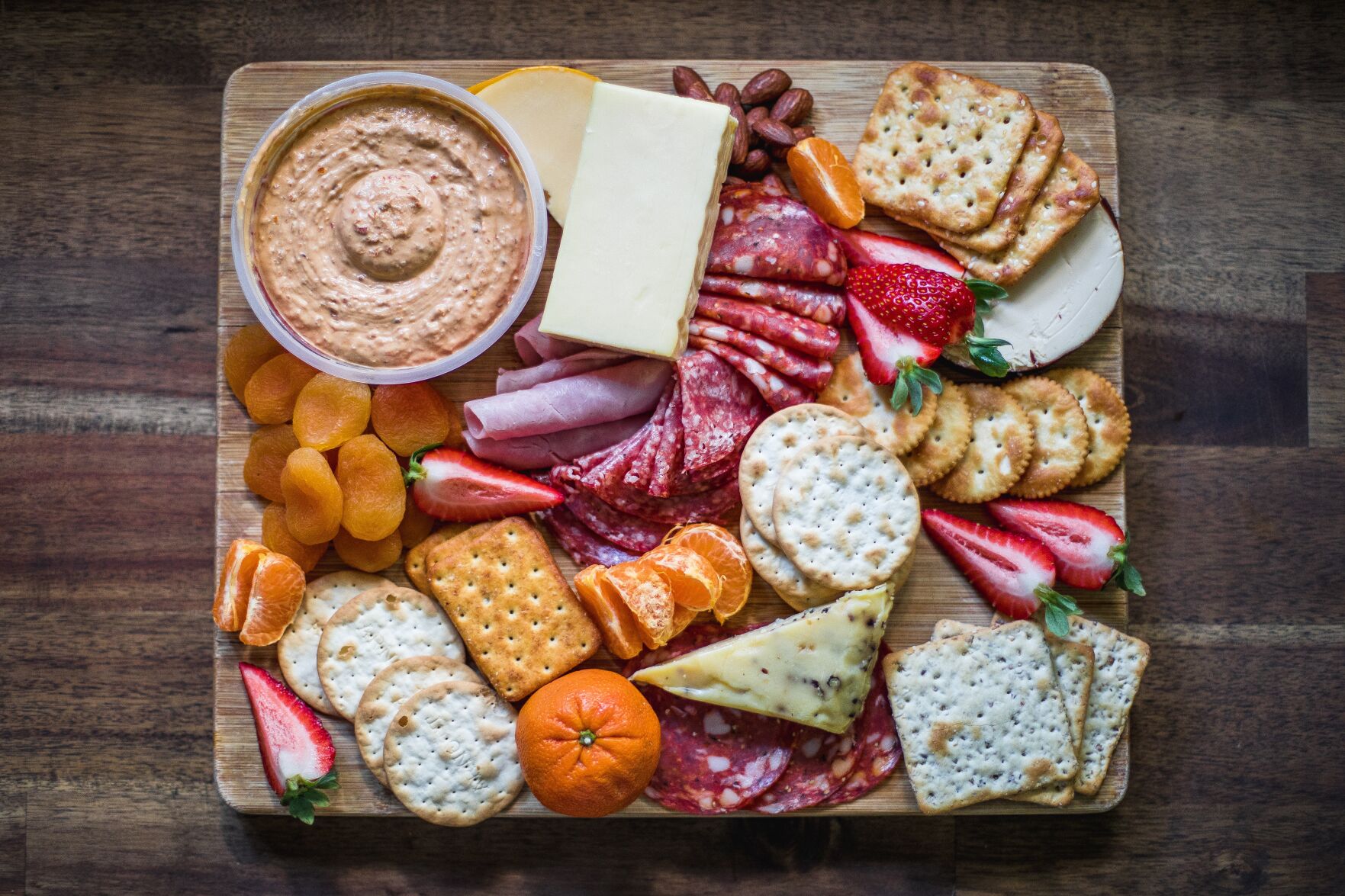On Feb. 13, millions of Americans will come together to watch Super Bowl LVI and feast on hot and cold snacks throughout the four-hour event. This uniquely American tradition scores big on entertainment, but it is also rife with opportunity for foodborne illness.
“As families and friends safely gather to watch the big game, keep food safety in mind. No matter who you’re rooting for, foodborne illness is a dangerous opponent we face during the game,” said Agriculture Secretary Tom Vilsack. “Millions of people get sick from food poisoning each year. Following guidance on keeping food at safe temperatures, proper handwashing and avoiding cross-contamination will protect you and your party guests.”
Unlike other food holidays when meals are often consumed within an hour, Super Bowl fans often snack on food throughout the game. Perishable foods, such as chicken wings, deli wraps and meatball appetizers, as well as cut fruit and vegetable platters, can only be left out for two hours before they become at risk of bacteria multiplying to dangerous levels. USDA recommends you put out small amounts of food and replenish it frequently.
Here are some food safety tips for Super Bowl Sunday:
#1 Remember your 4 steps to food safety
Clean: Wash hands for 20 seconds before and after handling raw meat and poultry. Clean hands, surfaces and utensils with soap and warm water before cooking and after contact with raw meat and poultry. After cleaning surfaces that raw meat and poultry has touched, apply a commercial or homemade sanitizing solution (1 tablespoon of liquid chlorine bleach per gallon of water). Use hand sanitizer that contains at least 60 percent alcohol.
Separate: Use separate cutting boards, plates and utensils to avoid cross-contamination between raw meat or poultry and foods that are ready-to-eat.
Cook: Confirm foods are cooked to a safe internal temperature by using a food thermometer.
Chill: Chill foods promptly if not consuming immediately after cooking. Don’t leave food at room temperature for longer than two hours.
#2 Cook your food to a safe internal temperature
Using a food thermometer, ensure you reach a safe internal temperature when cooking: meat (whole beef, pork and lamb) 145 F with a 3-minute rest; ground meats 160 F; poultry (ground and whole) 165 F; eggs 160 F; fish and shellfish 145 F; and leftovers and casseroles 165 F.
If chicken wings are on the menu, use a food thermometer on several wings to gauge the doneness of the entire batch. If one is under 165 F, continue cooking all wings until they reach that safe internal temperature.
#3 Avoid the danger zone
Bacteria multiply rapidly between 40 F and 140 F. This temperature range is called the Danger Zone.
Perishable foods, such as chicken wings, deli wraps and meatball appetizers, should be discarded if left out for longer than two hours. To prevent food waste, refrigerate or freeze perishable items within two hours.
Keep cold foods at a temperature of 40 F or below by keeping food nestled in ice or refrigerated until ready to serve.
Keep hot foods at a temperature of 140 F or above by placing food in a preheated oven, warming trays, chafing dishes or slow cookers.
Divide leftovers into smaller portions and refrigerate or freeze them in shallow containers which helps leftovers cool quicker than storing them in large containers.
#4 Keep takeout food safe
If you order food and it’s delivered or picked up in advance of the big game, divide the food into smaller portions or pieces, place in shallow containers and refrigerate until ready to reheat and serve. You can also keep the food warm (above 140 F) in a preheated oven, warming tray, chafing dish or slow cooker.
When reheating food containing meat or poultry, make sure the internal temperature reaches 165 F as measured by a food thermometer.
If heating food in the microwave, ensure that contents are evenly dispersed. Because microwaved food can have cold spots, be sure to stir food evenly until the food has reached a safe internal temperature throughout.
For more food safety information, call the USDA Meat and Poultry Hotline at 1-888-MPHotline (1-888-674-6854), email [email protected] or chat live at ask.usda.gov from 10 a.m. to 6 p.m. Eastern Time, Monday through Friday.

